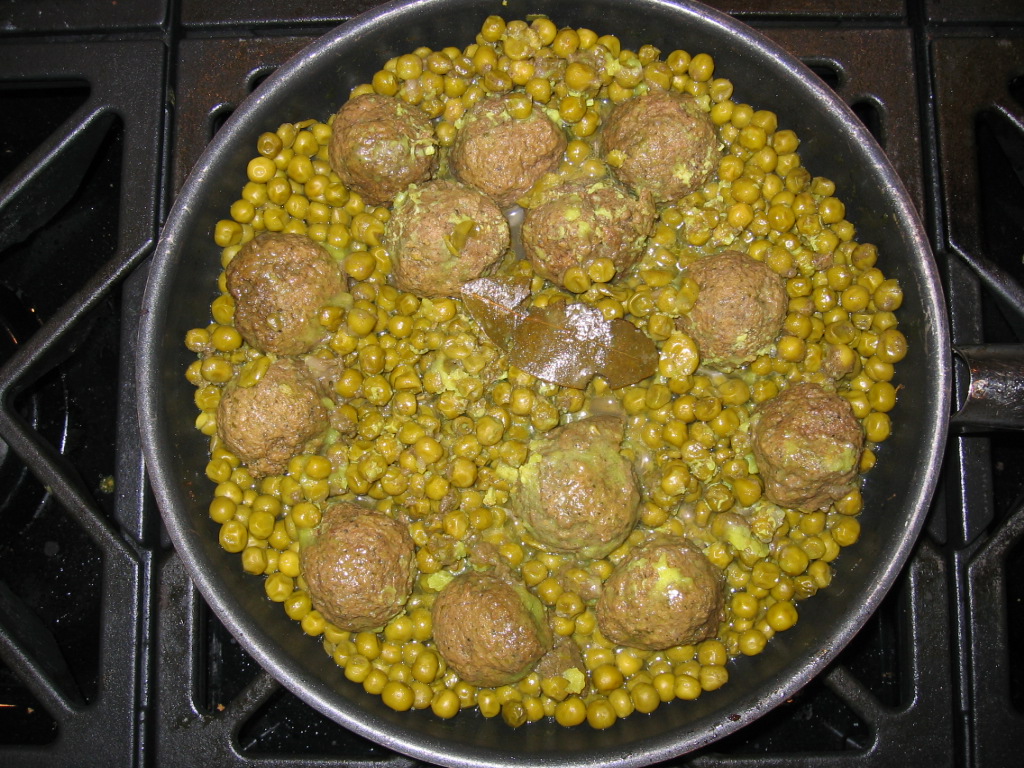Rosh Hashanah Recipes
(Sephardi Traditions)
Our tradition is to serve meatballs and potato omelets at every holiday and festive occasions. Having foods that were easy to share with guests is essential to the Moroccan hospitality.
We partake of these delicacies with little glasses of Mahia (“water of life”). Mahia is an alcoholic drink made from figs. Its flavor is very similar to the Greek ouzo.
History
(from Wikipedia)
Rosh Hashanah (Hebrew: רֹאשׁ הַשָּׁנָה), literally meaning the “beginning (also head) [of] the year” is the Jewish New Year. The biblical name for this holiday is Yom Teruah (יוֹם תְּרוּעָה), literally “day [of] shouting or blasting”. It is the first of the Jewish High Holy Days (יָמִים נוֹרָאִים Yamim Nora’im. “Days [of] Awe”) specified by Leviticus 23:23–32 which occur in the early autumn of the Northern Hemisphere.
Rosh Hashanah is a two-day celebration which begins on the first day of Tishrei, which is the first month of the Jewish civil year but the seventh month of the ecclesiastical year. It marks the beginning of the year, according to the teachings of Judaism, because it is the traditional anniversary of the creation of Adam and Eve, the first man and woman according to the Hebrew Bible, and the inauguration of humanity’s role in God’s world. According to one secular opinion, the holiday owes its timing to the beginning of the economic year in Southwest Asia and Northeast Africa, marking the start of the agricultural cycle.
Rosh Hashanah customs include sounding the shofar (a hollowed-out ram’s horn), as prescribed in the Torah, following the prescription of the Hebrew Bible to “raise a noise” on Yom Teruah. Its rabbinical customs include attending synagogue services and reciting special liturgy about teshuva, as well as enjoying festive meals. Eating symbolic foods is now a tradition. Some of these include apples dipped in honey, hoping to evoke a sweet new year.
Symbolic Foods
(from Wikipedia)
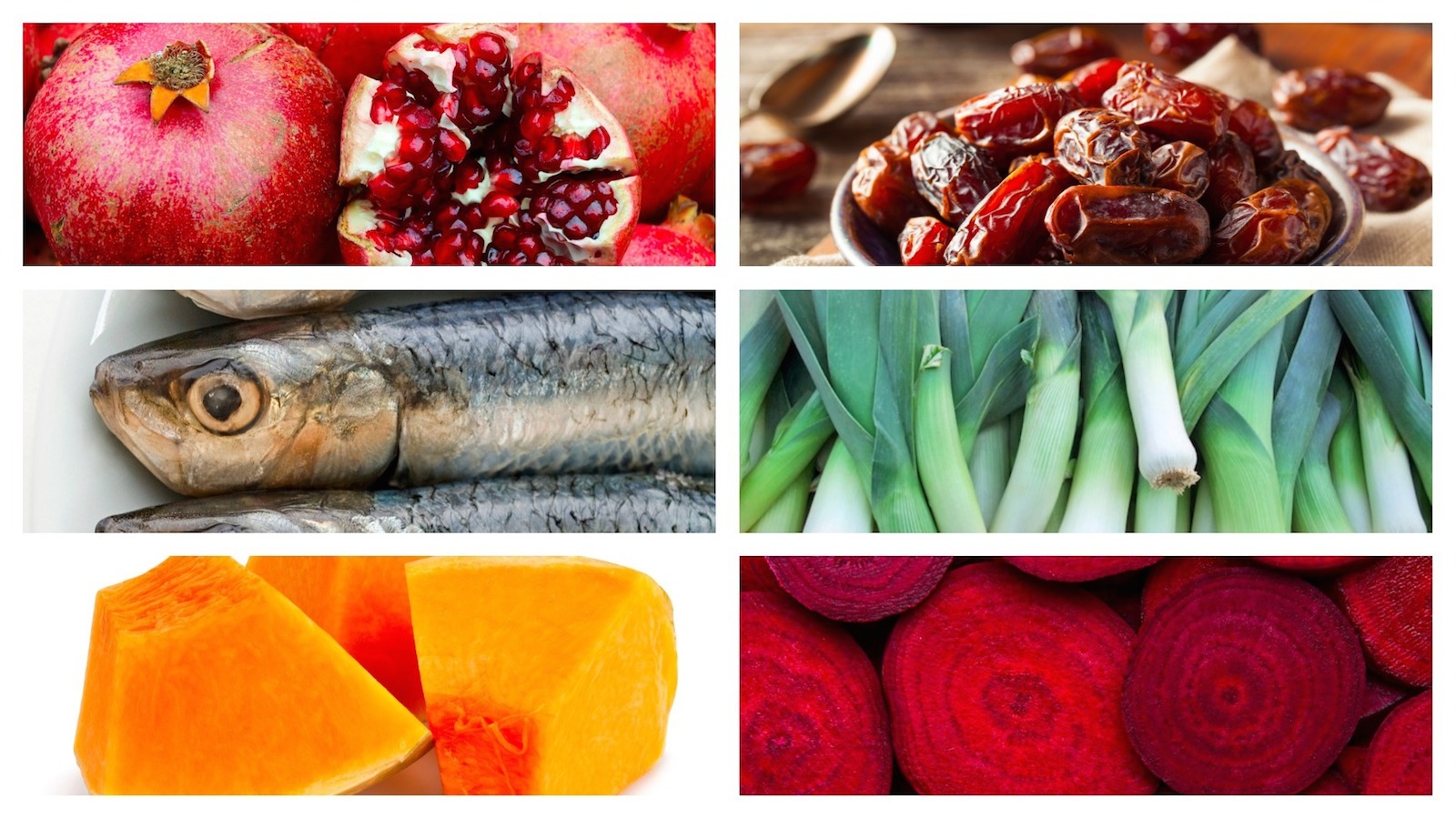
Some of the symbolic foods eaten are dates, black-eyed peas, leek, spinach and gourd, all of which are mentioned in the Talmud:[31] “Let a man be accustomed to eat on New Year’s Day gourds (קרא), and fenugreek (רוביא),[32] leeks (כרתי), beet [leaves] (סילקא), and dates ( תמרי).” Pomegranates are used in many traditions, to symbolize being fruitful like the pomegranate with its many seeds.
Most families use apples dipped in honey to symbolize a sweet new year. The tradition is a late medieval Ashkenazi addition but now almost universally accepted.
Round challah bread symbolizes the cycle of the year. A head of fish or lamb is displayed in order to symbolize the “head of the year.”
Gefilte fish and lekach are commonly served by Ashkenazic Jews on the holiday. New fruits are served on the second night to warrant the inclusion of a second shehecheyanu blessing.
Family Traditions
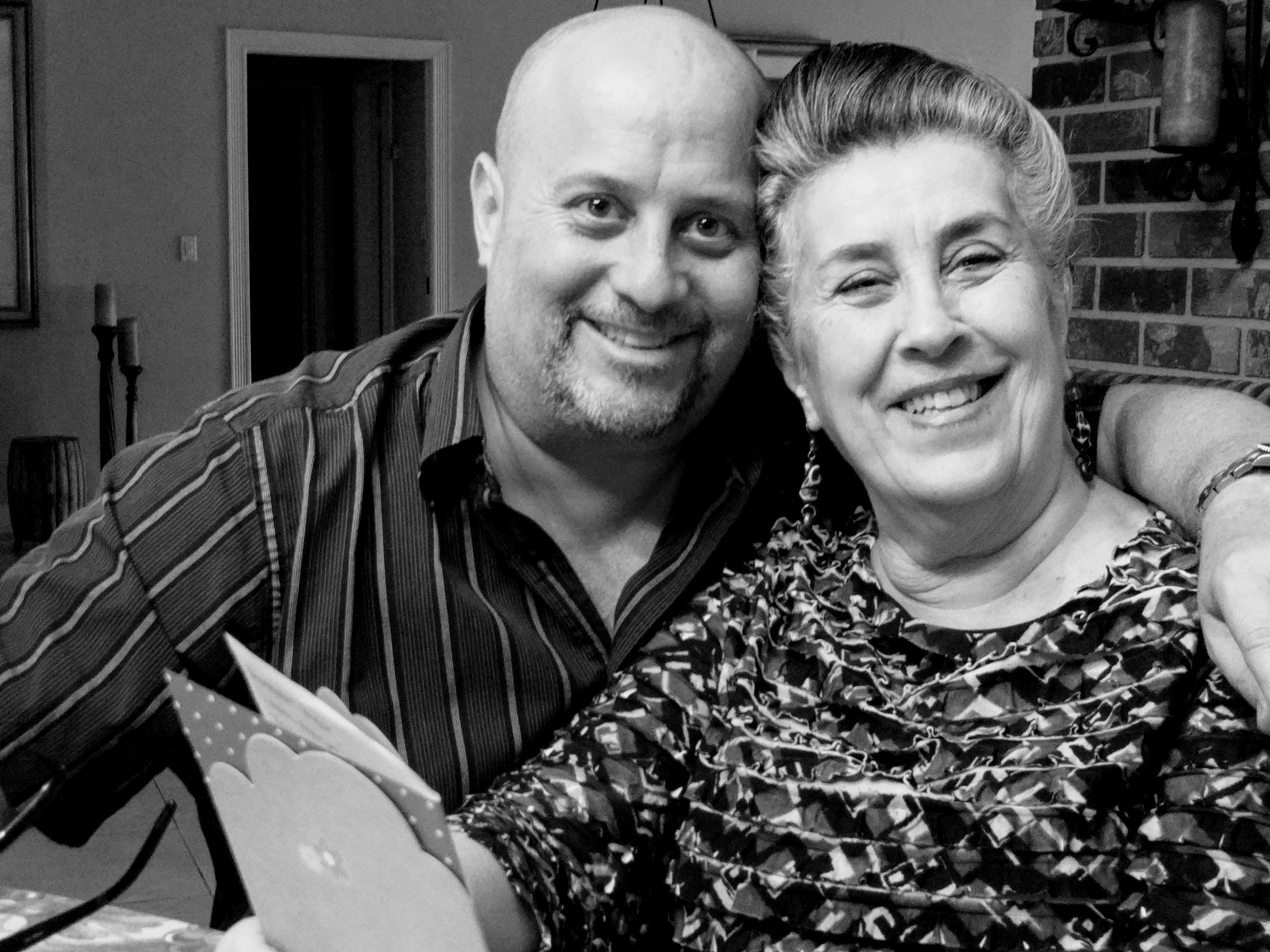
My mom writes, “Besides the foods that are an integral part of the seder of Rosh Hashanah, it is the custom of the Amar family to grace the table with as many sorts of fruits and vegetables as the season allows and the table can accommodate.
Seeds
Much sought-after are the produce that contain seeds, a symbol of abundance, prosperity and fertility to ensure a year of plenty.
Quince
Quinces, and anise seeds sprinkled with sugar are a long honored tradition of the Amar family.
Gourd
We prominently display a gourd because of its humble association to Jonah. From Jacob Amar, to Messod Amar, to Baba Hanania Amar, to Joseph Amar, we carry on the tradition of candying the bottle gourd, a long- necked green gourd with a white skin.
Couscous
Couscous, with its many “seeds” is the premier staple of the holiday.
Pomegranate
As for fruit, pomegranates hold a place of honor for their sweetness, their burst of color and the abundance of their seeds, that according to our Sages number 613, corresponding to the mitzvot (good deeds) the Torah enjoins us to observe.
It is customary to address the host with an Arabic greeting, “Lah ikteuha hada” (May this custom not be severed.) before partaking of any food.
The host will graciously respond with “D’nya m’gherk” (May the world not be without you.)
The word “Hada” actually means a knot, a binding. The word is either a derivative or a mispronunciation of the Hebrew word “’Akeda” as in the “Binding of Isaac.”
Aware of the rich traditions Joseph and Perla Amar bequeathed to us, David and I have lovingly compiled the Hada of my family, linking our descendants in America to my ancestors in Morocco, and beyond them to Israel.”
Meal Plan Tradition
The following Blessings are recited before eating dinner on both nights:
- TAPUAH – Apple dipped in honey
- KARTEI – Boiled onion dipped in cinnamon and sugar
- SALKA – Beets
- TAMREI – Dates
- KEIRA – Squash
- RUBIA – Garbanzos
- RIMON – Pomegranate (Reserved for the second night, so we can eat something new again and recite the “Sheiheiheeyanu” prayer.)
- TITLAN – Sesame seeds and sugar
- DAGIM – Fish
- ROSH KEBESS – Head of Lamb
Rosh Hashanah Recipes and Meal Plans
Eve of Rosh Hashanah
Dinner:

- Variety of vegetables
First Day of Rosh Hashanah
Lunch:

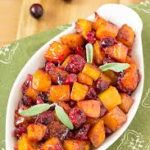
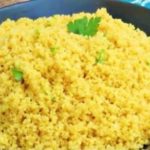
Dinner:


Second day of Rosh Hashanah
Lunch:
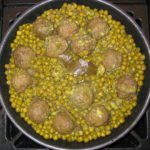
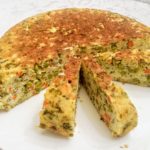
Or jump to all Kosher Cowboy recipes here.


